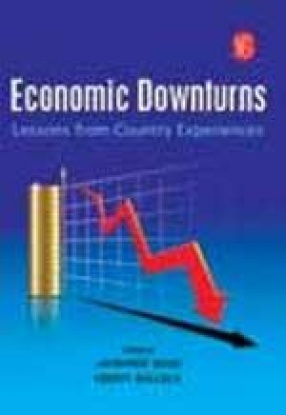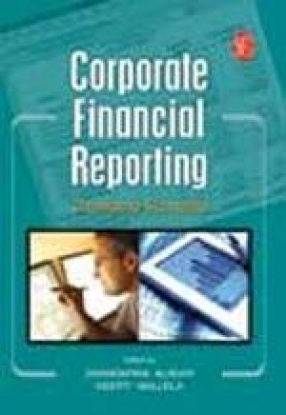An economy’s prosperity is generally measured by specific indicators like international prices, costs of external financing, capital flows and trade flows. Rise in interest rates, tightening monetary conditions, nevertheless, natural calamities and disasters like the 9/11 and the resultant global imbalances in recent times have led economists worldwide to think of an impending recession. The year 2006 saw the US stating a Current Account Deficit of more than US$800 billion and, on the other hand, the oil-exporting countries reaped surpluses. In 2008, the world at large is expected to watch out for continuing stock market falls, less of foreign direct investment in both developing and developed economies, oil price shocks, further fall in house prices and, therefore, gloomier credit markets. Erosion of investor confidence is on the way given the huge losses reported by Banks, given the shattering aftermath of the subprime crisis. It is widely opined that even if the Fed keeps cutting interest rates, these cuts may not really be able to offset the rate cuts in the previous recessions, since consumers and businesses may not be able to borrow enough to keep up their spending. A long-standing view point is that a flexible economy, with maximum competition as its driving force is the most sought after method to withstand recession. In that continuum, flexible market-driven economies have been cited to be more resilient towards recessions. This book on Economic Downturns focuses more on some vital concepts of economic recessions, policy changes brought about by nations that ran into profound recessions and some country-experiences. In its various segments, it covers some important preventive measures prescribed by leading economists and experts.
Medical Tourism: Perspectives and Specific Country Experiences
This comprehensive book on ...
$70.20
$78.00










There are no reviews yet.